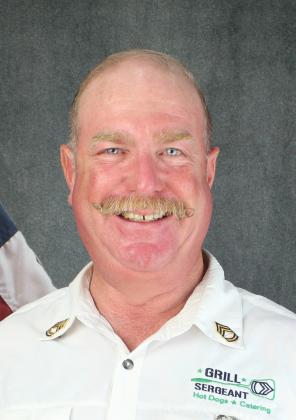The (not so) common pencil
Friends, readers, and colleagues I must start this piece with a bit of a confession to make. I am not obsessed, but I do have an unusual affinity for Dixon Ticonderoga pencils. I’m not sure where or when this started, but as a writer I can tell you that they truly are the best in the world. I have at least a dozen or so at strategic locations around my house in case I get a spark of inspiration to write something. I keep some in my car, in my truck, in my desk, and in other locations as well. I probably have a couple hundred of them that I can put my hands on at any time. Why this particular writing instrument, you might ask? It just works for me, I guess. The smell of a just-sharpened pencil takes me back to elementary school, I suppose. I also have a professional grade pencil sharpener that produces a very very sharp point. So, enough about me, let’s dive into the history of this wonderful piece of engineering.
According to Wikipedia, the Dixon-Ticonderoga company was formed by the merger of the Joseph Dixon Crucible Company of New Jersey and the Bryn Mawr Corporation of Pennsylvania in 1795. They were mining and producing graphite ore at the time, which was a booming industry and they supplied “lead” for many American pencil manufacturers. In 1812, Joseph Dixon produced his first pencil after experimenting with various uses for graphite. On the Ticonderoga website it is mentioned that he mixed the mineral with clay and water, rolled it into strips and baked it in his mother’s oven. He then pressed the mixture into grooved cedar wood and the first Dixon pencil was born. However, his innovation would not find an audience until the Civil War, when soldiers were wanting a more practical writing instrument than a quill pen. The rising demand promoted the need for Dixon to invent a machine capable of producing 132 pencils in one minute. In 1872, the company went into mass production and was making 86,000 pencils a day. Now they make 2.5 billion pencils a year, but sadly not in the United States any longer. Since the early 2000s nearly all of their pencils are made in either China or Mexico.
Have you ever wondered how they get the “lead” in a pencil? It’s a 12-step production starting with a block of cedar. A machine cut the block into slats which then have grooves cut into them to hold the graphite. Glue is placed into each groove and the sticks of graphite are installed. Then the other half is glued on, creating a “graphite sandwich”. From there it is shaped, painted, and has the iconic green and yellow ferrule installed along with the eraser. If you look very carefully you can see the seam where the two parts of wood were glued together. The pencil that we know today was first introduced in 1913 and the ferrule was originally made of unpainted brass, which changed to plastic during World War II due to metal shortages.
Another interesting fact is that there are several different grades of graphite in a pencil. The number 2 is obviously the most common grade, and it has a relatively soft “lead”. There is also a number 1, which is very soft, and a number 3 and a number 4 that are progressively harder. The hardness is determined by the ratio of clay to graphite. Also, one Dixon Ticonderoga pencil is capable of writing 45,000 words. I have never calculated the entire word count for The Navasota Examiner, but it might be possible that the entire publication could be written with just one pencil. That would be one very tired writer, editor, and publisher in my opinion. By the way, sometimes when I’m writing I’m an eracist, but in a good way.
The column represents the thoughts and opinions of Alan Shoalmire. Opinion columns are NOT the opinion of the Navasota Examiner.
Alan Shoalmire is a resident in Grimes County and the owner of Grill Sergeant Hotdogs and submits a column to the Navasota Examiner every other week.

